The traditional Japanese tea ceremony
On 8 April 2007, the Kanagawa International Association's Minami Circle invited members and guests to Sankeien Garden in Yokohama for a Japanese tea ceremony demonstration. This was part of their 30th anniversary celebration.

The entire ceremony was described in English. There was traditional music played, too.
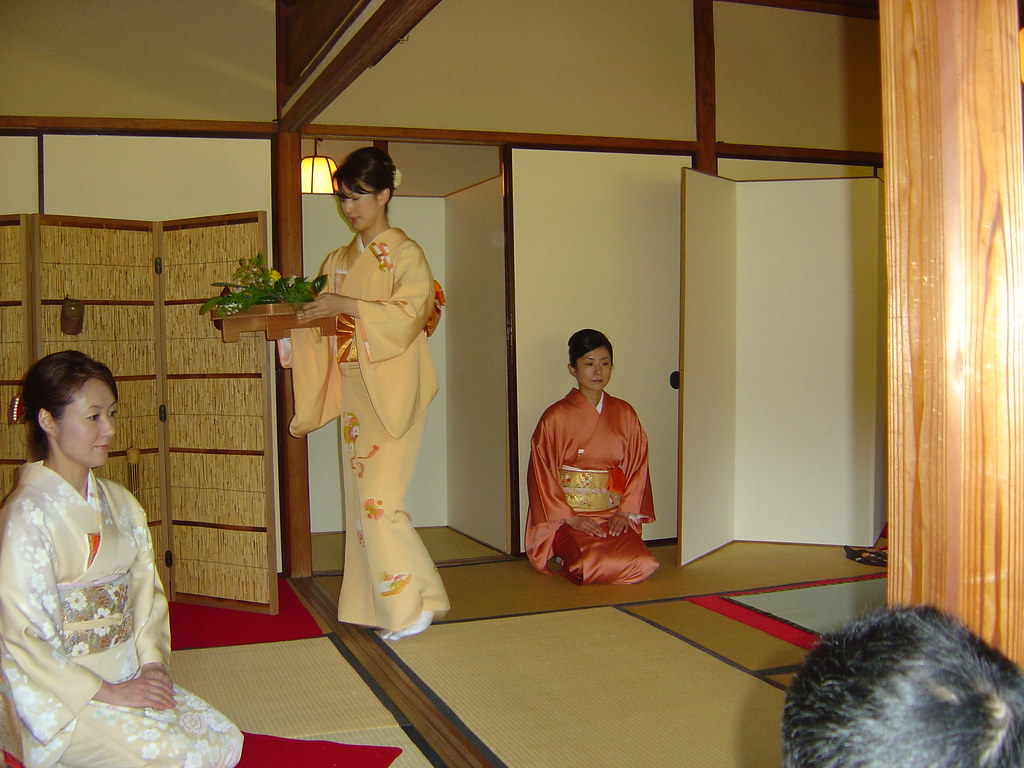
The Japanese tea ceremony has a very long history. It is still practiced in its traditional manner.
We were able to see all of the steps. This was the first time that I saw the process before the ceremony which includes arranging flowers. Here are the flowers which were arranged in small vases on the screen. Everyone arranged a vase of flowers.
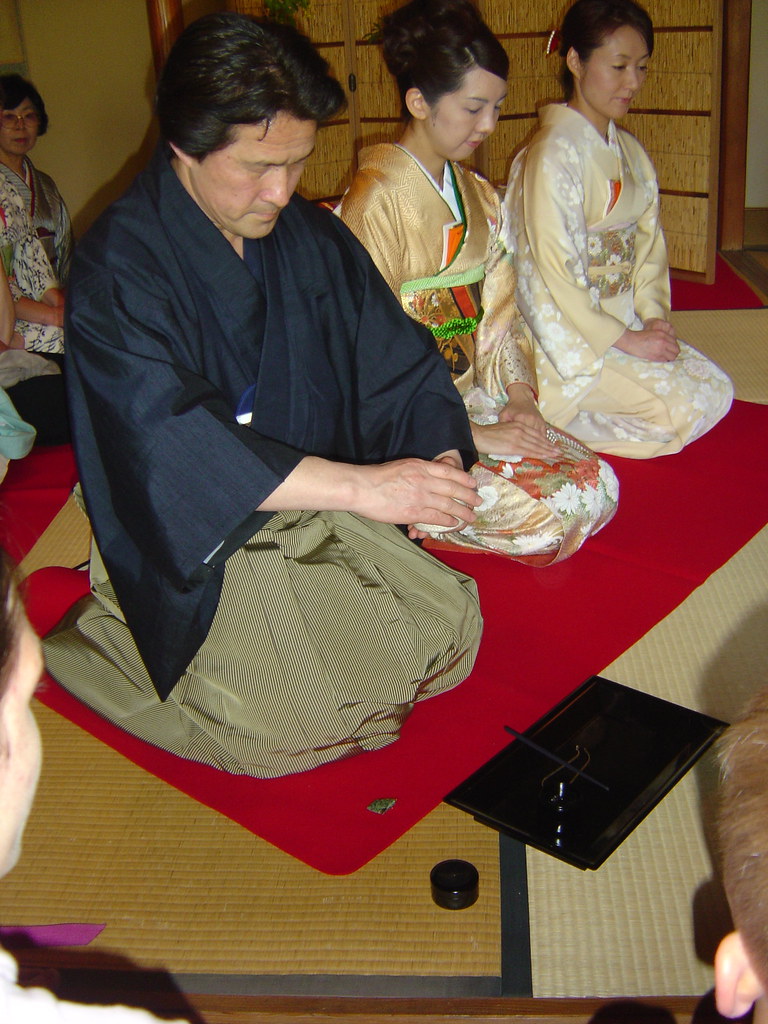
The ceremony begins with incense.
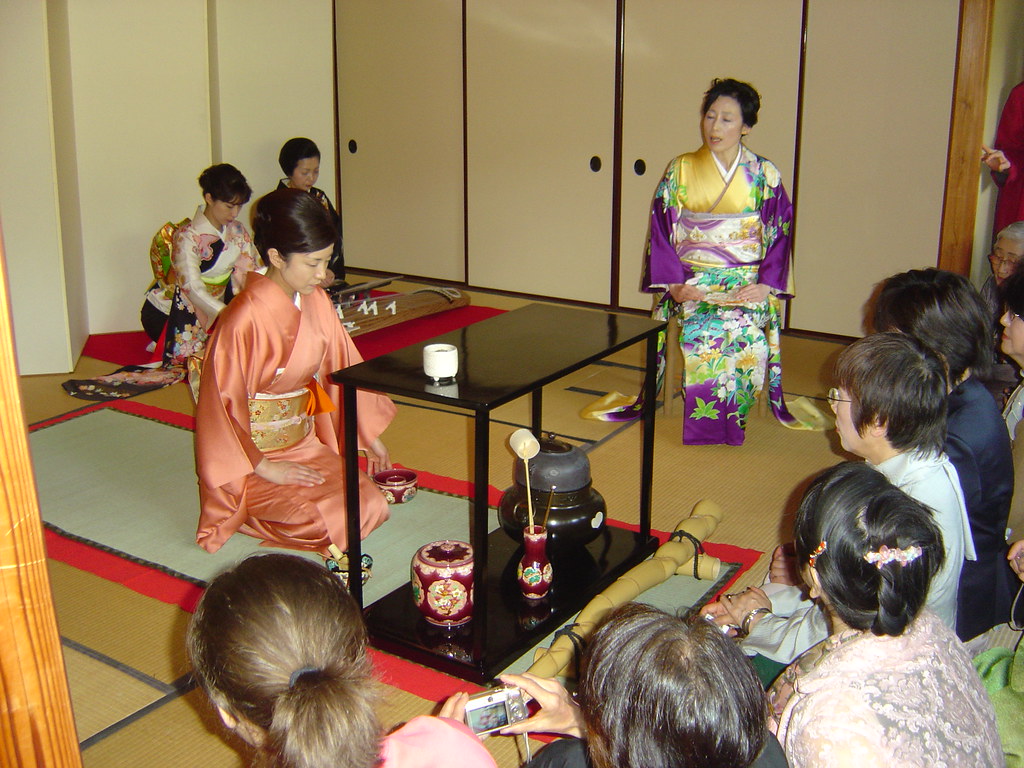
Here are the traditional items which are used to prepare the green tea. The water is heated in the black iron pot over charcoal. Water is added to the tea in the teacup using the bamboo ladle.
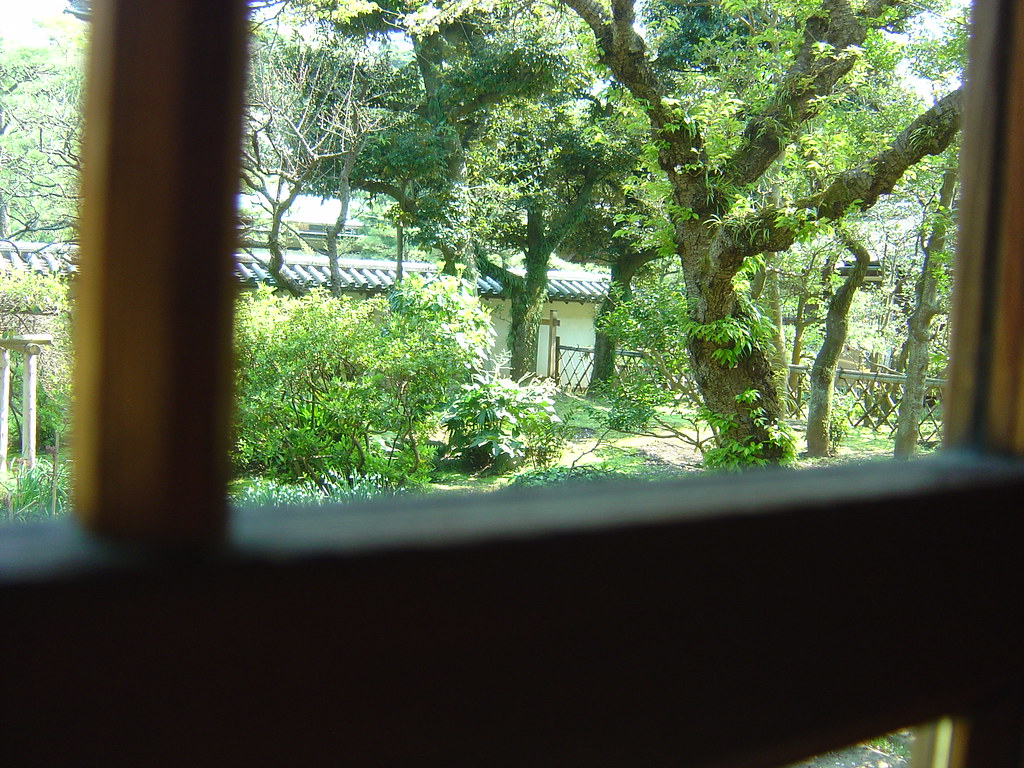
This is the view from the window of the room. Sankien Garden is a sanctuary for many old historical buildings. These buildings were moved to the garden and are kept in their original condition.
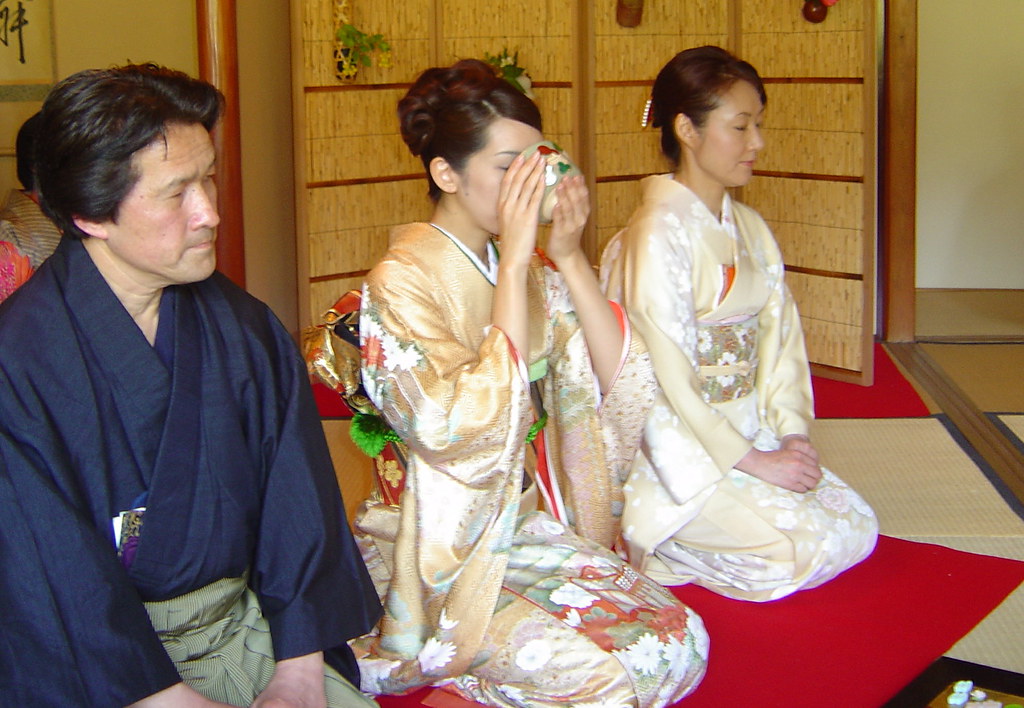
The tea is prepared in individual teacups. The proper way to drink the tea is to hold the cup with two hands. The green tea that is used for the ceremony is a very high quality of tea.
Before attending a ceremony, you must remove all of your rings, watches, and bracelets to avoid scratching or damaging the teacups.
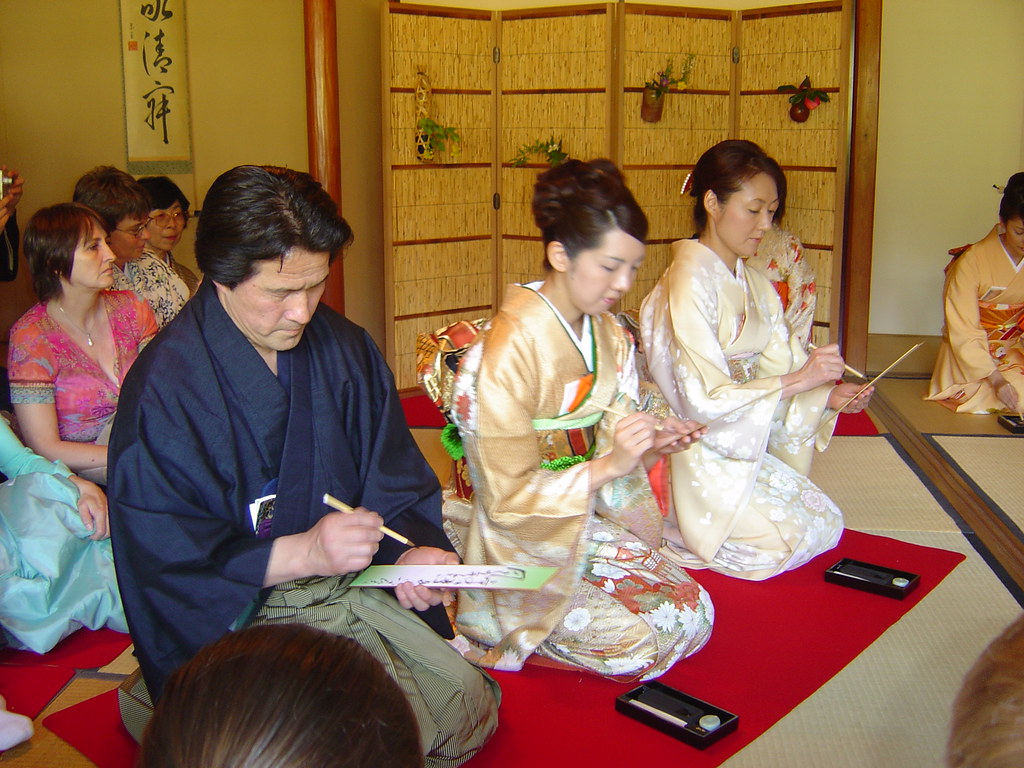
After drinking the tea, the guests traditionally wrote poems which reflected their appreciation for the ceremony that was prepared for them. The tea ceremony is held for guests.
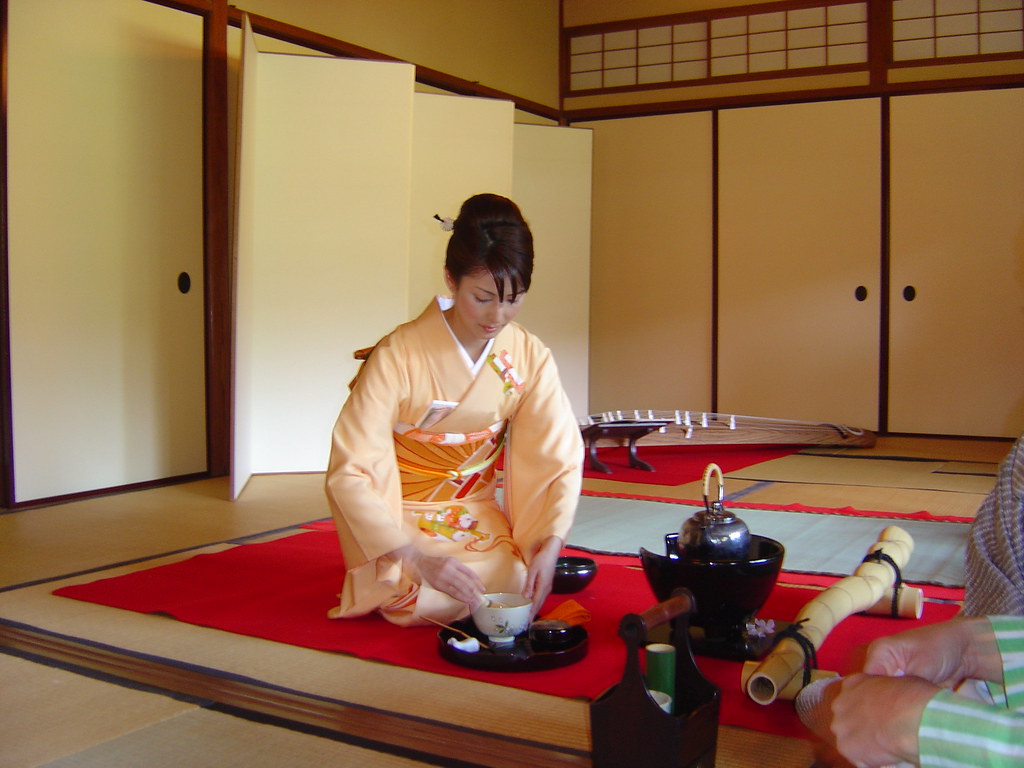
There are different schools which prepare the Japanese tea for the tea ceremony. We were able to appreciate another way to prepare tea. The tea ceremony has a long history in Japanese culture.

A traditional sweet is eaten before drinking the tea. The tea bowl is delivered to the guest and a very formal bow including permission to drink the tea. At the end of the ceremony, all guests bow in the fomal Japanese style as a thank you for the tea.
The placement of the hands differs from men and women. Women are to place their fingertips together.
more later...

The entire ceremony was described in English. There was traditional music played, too.

The Japanese tea ceremony has a very long history. It is still practiced in its traditional manner.
We were able to see all of the steps. This was the first time that I saw the process before the ceremony which includes arranging flowers. Here are the flowers which were arranged in small vases on the screen. Everyone arranged a vase of flowers.

The ceremony begins with incense.

Here are the traditional items which are used to prepare the green tea. The water is heated in the black iron pot over charcoal. Water is added to the tea in the teacup using the bamboo ladle.

This is the view from the window of the room. Sankien Garden is a sanctuary for many old historical buildings. These buildings were moved to the garden and are kept in their original condition.

The tea is prepared in individual teacups. The proper way to drink the tea is to hold the cup with two hands. The green tea that is used for the ceremony is a very high quality of tea.
Before attending a ceremony, you must remove all of your rings, watches, and bracelets to avoid scratching or damaging the teacups.

After drinking the tea, the guests traditionally wrote poems which reflected their appreciation for the ceremony that was prepared for them. The tea ceremony is held for guests.

There are different schools which prepare the Japanese tea for the tea ceremony. We were able to appreciate another way to prepare tea. The tea ceremony has a long history in Japanese culture.

A traditional sweet is eaten before drinking the tea. The tea bowl is delivered to the guest and a very formal bow including permission to drink the tea. At the end of the ceremony, all guests bow in the fomal Japanese style as a thank you for the tea.
The placement of the hands differs from men and women. Women are to place their fingertips together.
more later...



0 Comments:
Post a Comment
<< Home